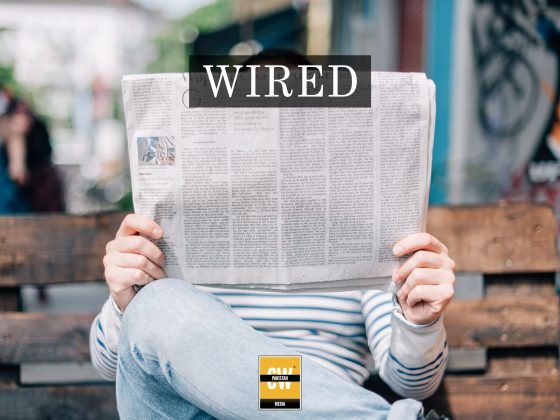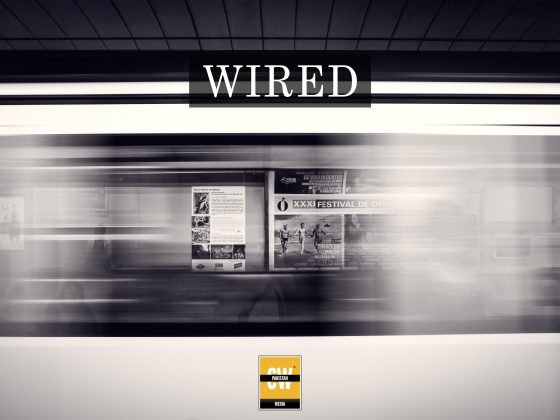Short-form videos are opening fresh pathways to learning in Pakistan, sparking curiosity and helping young people acquire new skills. With TikTok embedded in daily life for many, students now use the platform for quick exam refreshers, creators are breaking down complex concepts, and digital educators are building communities around subjects ranging from coding to climate change. The recent launch of TikTok’s dedicated STEM feed in Pakistan has accelerated this trend, offering a stream of engaging science, technology, engineering and mathematics content. By presenting lessons in Urdu and regional languages through humour, storytelling and visual demonstrations, the app is making subjects that once felt intimidating more approachable and accessible.
A major factor behind the success of this trend is TikTok’s personalised content curation. The platform’s algorithm ensures that when students engage with academic material, they are shown more of the same type of content, creating a loop that nurtures self-paced and interest-driven learning. This tailored approach means that learning is no longer restricted to scheduled hours in classrooms. Instead, students are stacking micro-learning moments throughout their day. A formula may be remembered through a meme on a bus ride, a scientific principle might be clarified through an animation before a quiz, or a quick recap could provide a boost during exam preparation. Well-produced videos that mix creativity with real-world examples are proving particularly effective in helping knowledge stick.
Educators are beginning to observe the impact in classrooms. “It’s exciting to see how my students’ curiosity has been sparked by short videos they watch online,” said Ayesha Khan, a science teacher in Lahore. “They come to class eager to learn more about experiments or concepts they’ve seen in these videos. It’s wonderful to see them so interested and motivated.” Teachers note that while TikTok is not a replacement for structured lessons, it has become a valuable supplement that enhances engagement and encourages students to take initiative in their learning journeys. For creators, this presents an opportunity to design content that resonates with local learners while filling gaps left by traditional educational systems.
In a country where access to quality education remains uneven, the rise of TikTok as a tool for informal learning is notable. It is expanding the definition of education by broadening where and how it takes place, as well as who gets to participate. A 60-second clip may not teach an entire curriculum, but it can spark a question, simplify a difficult concept, or plant the seed of a career interest. The key challenge now lies in ensuring that these digital learning moments translate into real-world outcomes—whether in classrooms, labs, or workshops. As digital platforms grow more central to how young Pakistanis live and learn, the debate is shifting. The discussion is less about whether apps like TikTok can support education, and more about how educators and policymakers can channel this potential responsibly to ensure it contributes to long-term learning and skill development.
Follow the SPIN IDG WhatsApp Channel for updates across the Smart Pakistan Insights Network covering all of Pakistan’s technology ecosystem.









